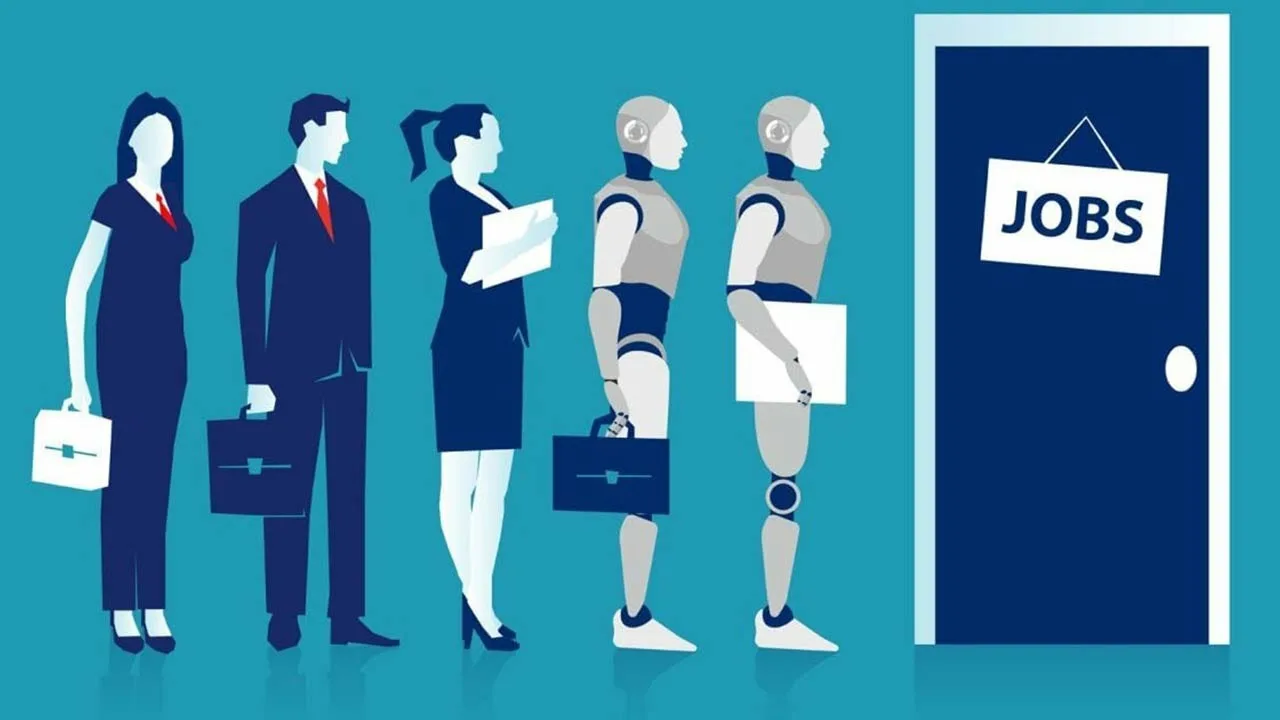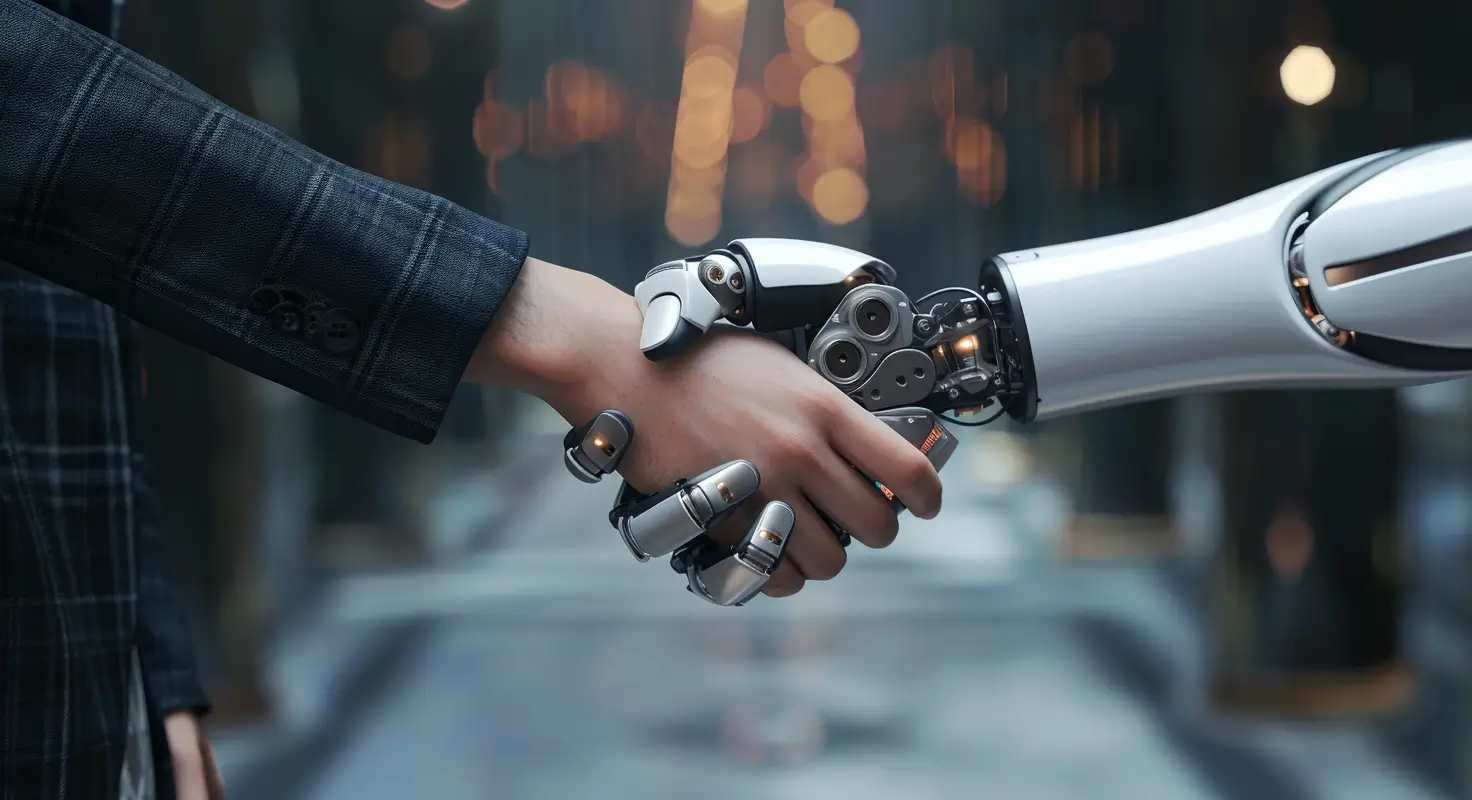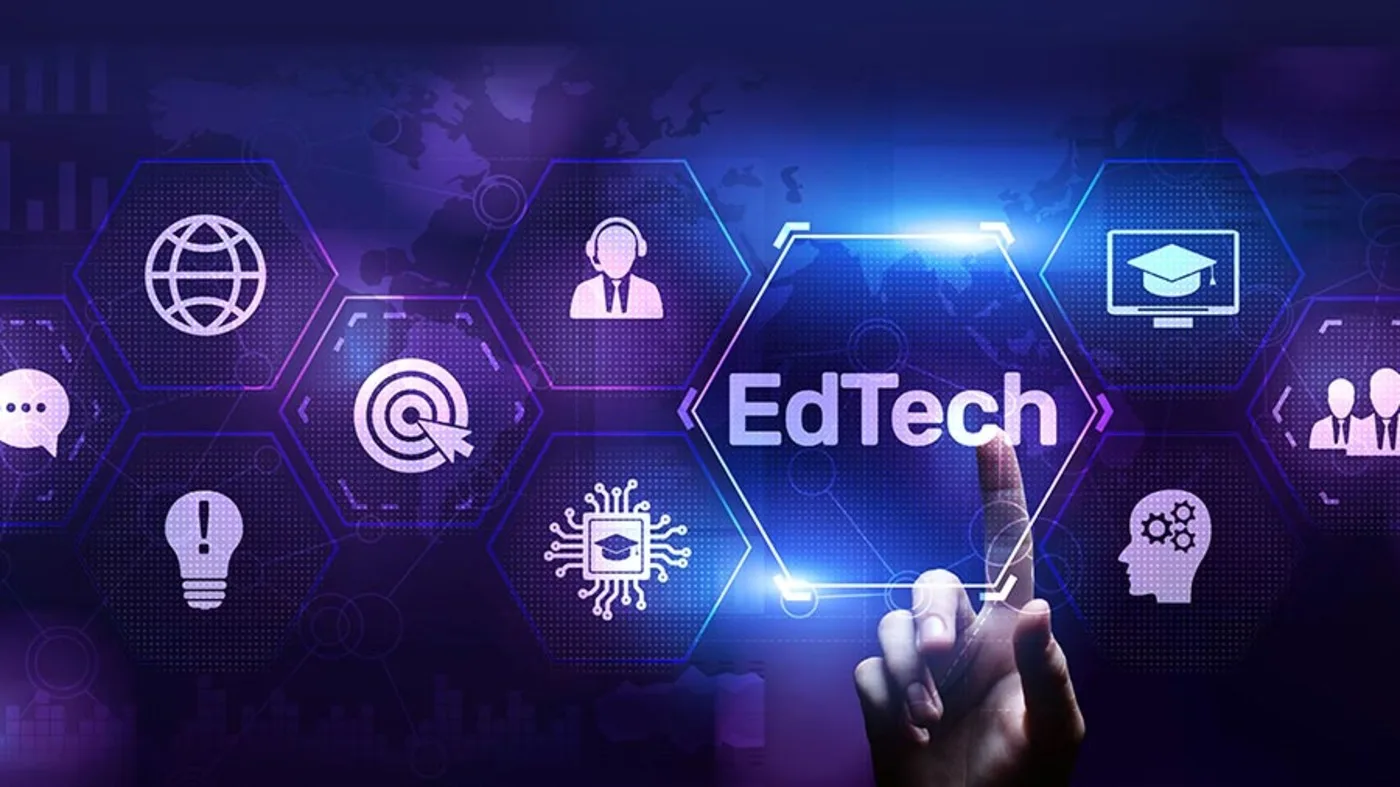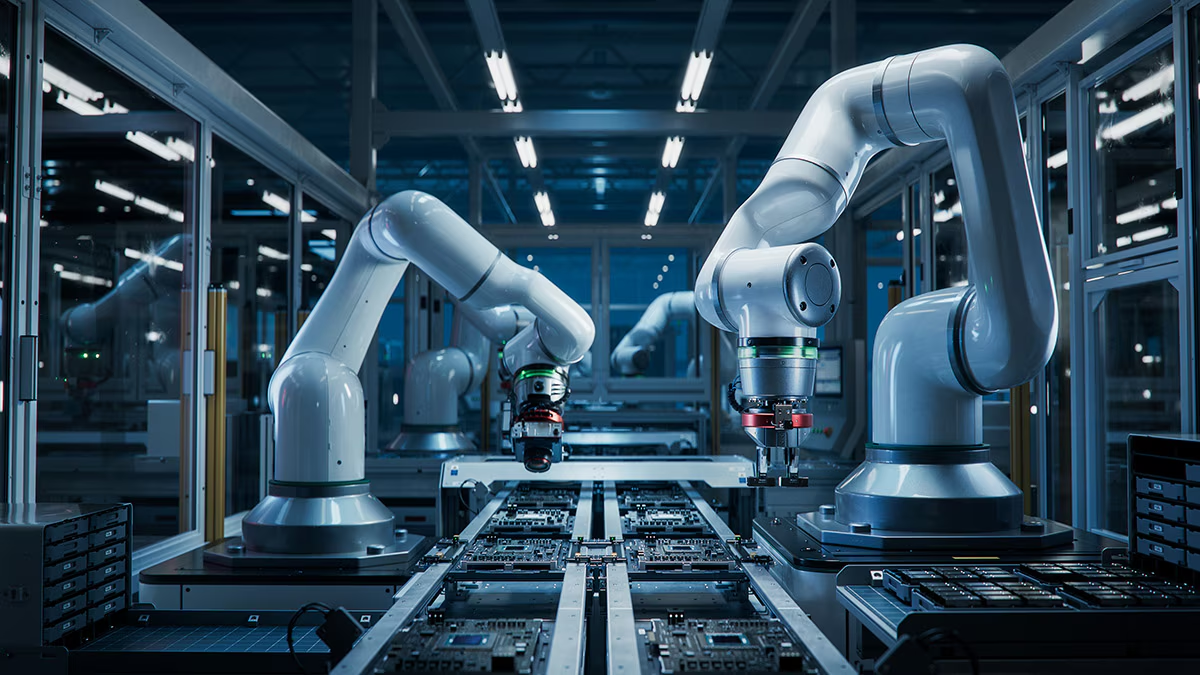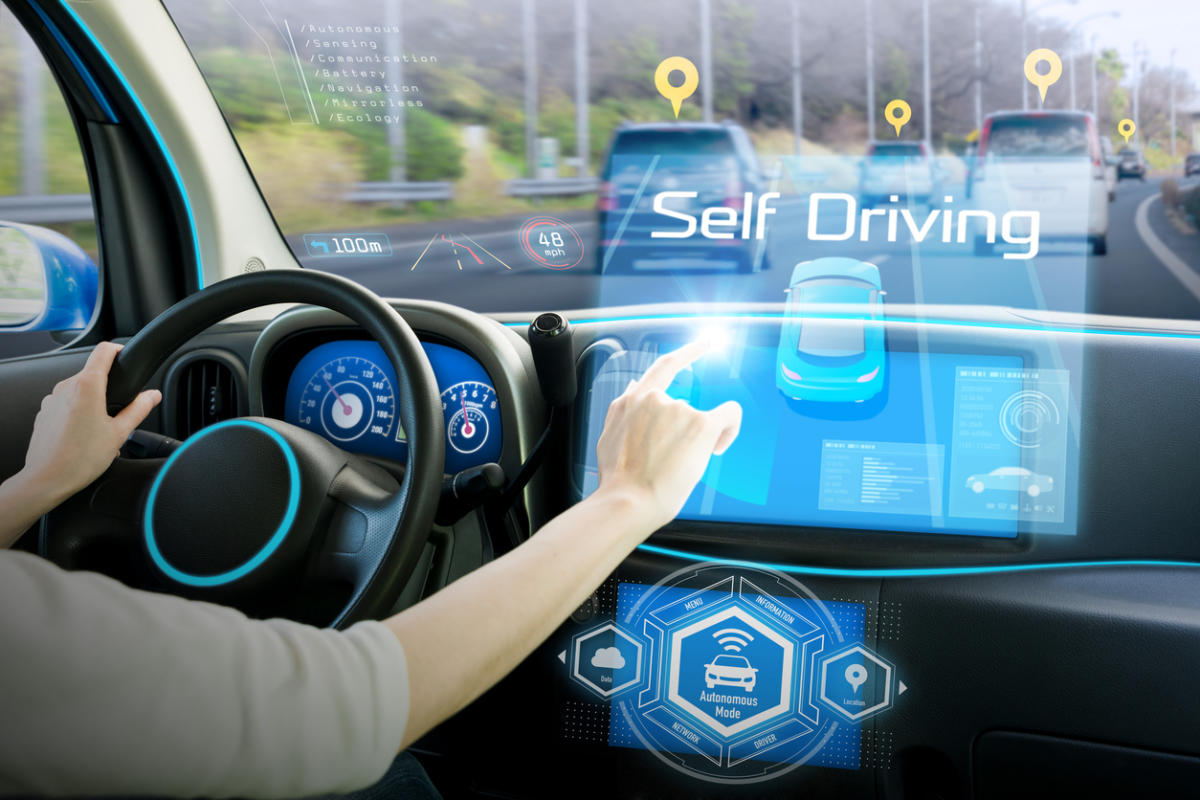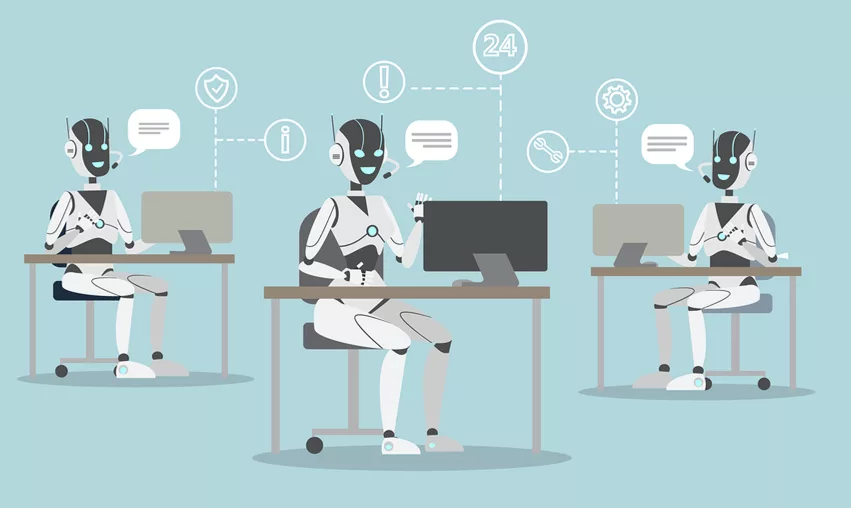In the rapidly evolving landscape of digital transformation, artificial intelligence (AI) has emerged as a disruptive force reshaping the way businesses interact with customers. From chatbots and virtual assistants to predictive analytics and automated workflows, AI is revolutionizing customer service at an unprecedented pace. This shift is not just a matter of convenience; it's a strategic pivot impacting operational efficiency, customer satisfaction, and brand loyalty. Understanding the benefits and limitations of AI in customer service is crucial for companies aiming to strike a balance between innovation and human-centered experience.
The Rise of AI in Customer Interactions
Over the past decade, AI has transitioned from a futuristic concept to a functional tool embedded in daily customer support operations. According to a 2024 survey by Salesforce, nearly 79% of service organizations now use or plan to use AI-based solutions for customer support. The adoption curve is steep, particularly in industries like retail, banking, telecommunications, and healthcare.
Key Drivers Behind AI Adoption:
-
Rising customer expectations for instant support
-
Cost reduction pressures in competitive markets
-
Advancements in natural language processing (NLP)
-
Proliferation of digital channels (chat, social media, voice assistants)
Benefits: The Bright Side of Automation
-
24/7 Availability
AI-powered chatbots and virtual agents never sleep. Customers can get support anytime, reducing wait times and improving satisfaction. -
Scalability and Speed
AI systems can handle thousands of queries simultaneously—something no human team could match without enormous cost. -
Cost Efficiency
Businesses save on staffing costs and reduce human error while maintaining consistent service standards. -
Personalization at Scale
With machine learning, AI systems can analyze customer behavior and tailor interactions, increasing conversion and retention rates. -
Data-Driven Insights
AI doesn’t just interact—it learns. By analyzing conversations, it helps companies identify trends, pain points, and opportunities for improvement.
Pitfalls: When AI Falls Short
While AI brings efficiency and scalability, it comes with notable challenges:
-
Lack of Human Empathy
Automated responses often miss emotional nuance, leading to frustrating experiences in sensitive or complex situations. -
Struggles with Complexity
AI can handle FAQs with ease, but multi-step or unpredictable queries can expose its limitations. -
Customer Trust and Privacy Concerns
The use of AI for collecting and analyzing customer data raises ethical questions and data security issues, especially in regulated industries. -
Overdependence on Automation
Over-automation may result in robotic interactions, alienating customers who seek human understanding, especially in critical support scenarios. -
Implementation Cost and Complexity
Deploying AI isn’t plug-and-play. It requires infrastructure, training data, testing, and ongoing refinement—costs that smaller businesses may struggle to absorb.

Real-World Example: Retail Sector Automation
In the retail sector, companies like H&M and Sephora use AI to power virtual shopping assistants that recommend products based on browsing history and past purchases. These tools increase basket size and reduce return rates—but when a customer needs to report a product defect, they're still funneled to a human representative for resolution.
Striking the Balance: Human + AI
The future of customer service is not AI vs. humans—it's AI-enhanced human service. Businesses should use AI to handle the routine, repetitive tasks and empower human agents to take on higher-value, empathetic interactions.
Best Practices for Balanced Integration:
-
Use AI for triage, not total takeover.
-
Maintain a clear escalation path to human agents.
-
Continuously train AI with real customer data for relevance.
-
Be transparent with users about when they're interacting with AI.
Conclusion
AI in customer service is no longer optional—it's a strategic necessity. However, organizations must carefully navigate its implementation, keeping the customer experience at the center. When thoughtfully deployed, AI can streamline operations and enhance satisfaction. But unchecked reliance may lead to depersonalization and frustration. The goal isn’t to replace humans, but to augment them—creating service experiences that are fast, intelligent, and emotionally aware.

